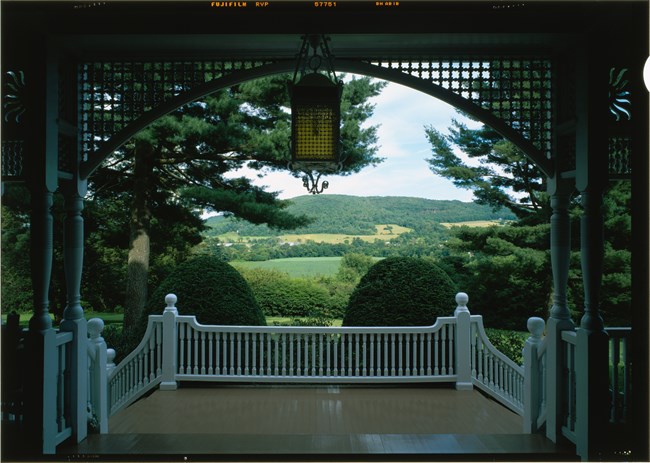
NPS / HALS / Jack E. Boucher (2002)
The Historic American Landscape Survey (HALS) was founded in 2000 to recognize the importance of landscapes and the need to apply different methodologies to document them. Historic landscapes recorded by HALS include formal gardens and public spaces, traditional cultural landscapes, agricultural sites, and residential neighborhoods. Historic landscapes often form important touchstones of national, regional, and local identity and foster a sense of community and place. Like historic buildings, landscapes reveal aspects of our country's origins and development though their form, features, and history of use. In fact, almost every historic property has a landscape component that speaks to human relationships with the land. Landscapes are often invisible to the casual observer and therefore subject to loss through inappropriate use, development, vandalism, and natural forces. This is why it is important that they are recorded. For this reason, NPS partnered with the Library of Congress and the American Society of Landscape Architects to create HALS, share knowledge and expertise, and connect landscape architects and preservation professionals through initiatives such as the HALS Challenge.
Last updated: September 20, 2023
